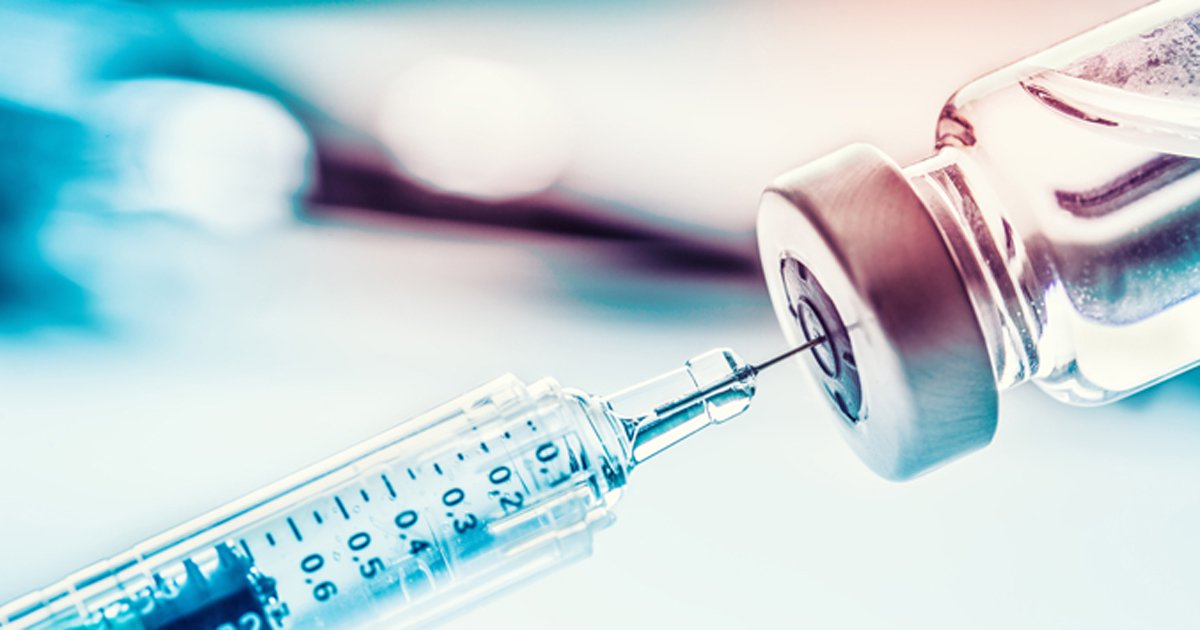Earlier introduction of insulin may improve type 2 diabetes care for some patients
CHICAGO — Health care providers who treat patients with type 2 diabetes still need to include insulin among therapeutic options, and it may even be prudent to consider it earlier in the treatment process, according to a presenter at the Cardiometabolic Health Congress.

“Insulin remains a critical medication in the treatment of type 2 diabetes, although its role is different than it was prior to the introduction of SGLT2 inhibitors and GLP-1 receptor agonists,” Irl B. Hirsch, MD, professor of medicine at the University of Washington in Seattle, said during a presentation.
To start, insulin is being used in some form by many people with type 2 diabetes, according to Hirsch, who noted that insulin analogs are not as easily accessible due to economic barriers. This means that there is a real to need to figure out “how to best use insulin for those who can’t afford analog insulin.”
To accomplish this goal, there may be a need to reexamine the order in which diabetes medications are selected, Hirsch said.
“To start basal insulin, it’s pretty low on the decision tree,” Hirsch said. “When it comes to choosing glucose-lowering medication, if cost is a major issue, we’re going to choose all of the different generic medications.”

While medications like GLP-1 receptor agonists and SGLT2 inhibitors have displayed multiple benefits and have received more of the spotlight, insulin is far from obsolete and may be needed prior to these other medications, he said.
“Does insulin have a role in type 2 diabetes going forward? Is this the Rodney Dangerfield of our algorithms? Does insulin not get any respect?” Hirsch said. “We can’t underemphasize the role of insulin in today’s world of cardiovascular outcome trials. Even at this meeting, we don’t talk as much about insulin as we did a decade ago.”
Insulin’s benefits
Ensuring that insulin is still top of mind is particularly important when it comes to addressing hyperglycemia. According to Hirsch, there needs to be a way to deal with this condition in patients with drastically high HbA1c since medications may take longer to produce benefit or may not be available at all due to financial barriers.
“The data on this is astounding when you look at the percentage of Americans with type 2 diabetes with HbA1cs above 9% or 10% who are not on insulin therapy,” Hirsch said.
Hirsch also said that incorporating insulin therapy into the diabetes treatment plan earlier in the process can help with clinical inertia and that it can have a “dramatic impact” on myocardial infarction and microvascular endpoints.
With all these factors in mind, Hirsch proposed a potential change in the algorithm for how treatment progresses. He said that while metformin is an appropriate first-line therapy, if improvements are not made, the introduction of insulin should come earlier and should not be a considered proverbial last resort in some patients.
“I believe if the HbA1c is above 9% or 9.5% and you’re are having these blood sugars often in the 300s, at least consider basal insulin, especially if they don’t already have heart disease, heart failure or kidney disease. Why not consider basal insulin at least to get the glucose toxicity down?” Hirsch said. “To reduce the hyperglycemia for a short period of time I think would be beneficial.”
On the other end of the spectrum, Hirsch explained that using newer basal insulins like degludec (Tresiba, Novo Nordisk) and U300 glargine (Toujeo, Sanofi Aventis) can yield potential reductions in hypoglycemic events. There is even more potential when used as part of a combination therapy with a GLP1 receptor agonist such as with degludec and liraglutide (IDegLira, Novo Nordisk) and glargine and lixisenatide (IGlarLixi, Sanofi Aventis), according to Hirsch, who explained that the two types of treatments perform “complementary actions.”
Hirsch said that data have revealed that there were larger decreases in baseline HbA1c for those using basal insulin and a GLP-1 receptor agonist compared with those using just one of the therapies alone. In addition, GLP-1 receptor agonists’ weight-reducing effects seems to counteract insulin’s tendency to increase weight.
Making the decision
The decision to introduce insulin cannot be made in a vacuum, however. Hirsch noted that both basal insulin and prandial insulin should be utilized in the face of continuing insulin deficiency. In addition, reaching HbA1c targets is not a guarantee, especially the higher a patients’ baseline HbA1c, “but any lowering will be helpful.”
Hirsch also emphasized maintaining simplicity with these treatments while ensuring that the “right infrastructure” is available, and noted that continuous glucose monitoring can prove immensely beneficial.
“CGM is an important tool and in my opinion should be considered for every patient receiving insulin,” Hirsch said, noting that CGM can help improve dosing decisions and adjustments and is considered standard of care for patients with type 1 diabetes.
To ensure that all patients, including the rising number of those with adult-onset type 1 diabetes, can have improved access to insulin and other diabetes treatments for which they could gain benefit, Hirsch also argued for a change in how health care professionals classify diabetes.
“We’ve come so far in the last 15 years since our last classification. We’re measuring antibodies. We’re looking at the genetic markers of type 2 diabetes now. We understand that an adult with type 1 diabetes is different genetically and in terms of antibodies than type 1 children,” Hirsch said. “I think we need to do something about that.”– by Phil Neuffer
Reference:
Hirsch IB. Navigating Insulin Management in Patients with T2DM. Presented at: Cardiometabolic Health Congress; Oct. 10-13, 2019; Chicago.
Disclosure: Hirsch reports he has received research support from Medtronic Diabetes and is a consultant for Abbott Diabetes Care, Bigfoot and Roche.

